
November 20, 2025
with María Luisa García Pérez
Read more
Video
Internal comms is more than just sending emails and writing intranet articles – it’s the heartbeat of every successful organization! On the You've Got Comms Podcast, powered by Staffbase, we dive into the latest trends, challenges, and best practices shaping the IC world.
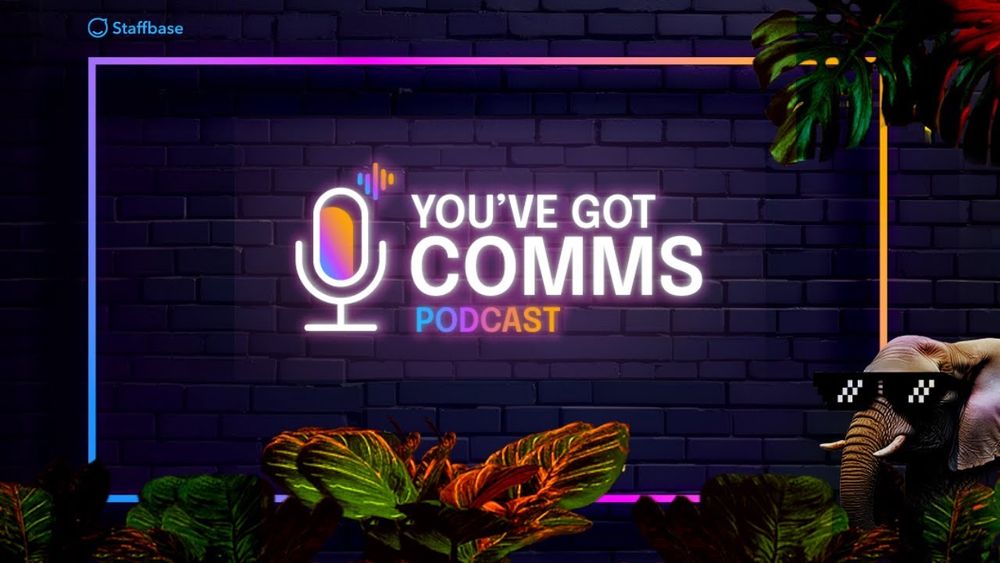

with María Luisa García Pérez

with Sonja Lee
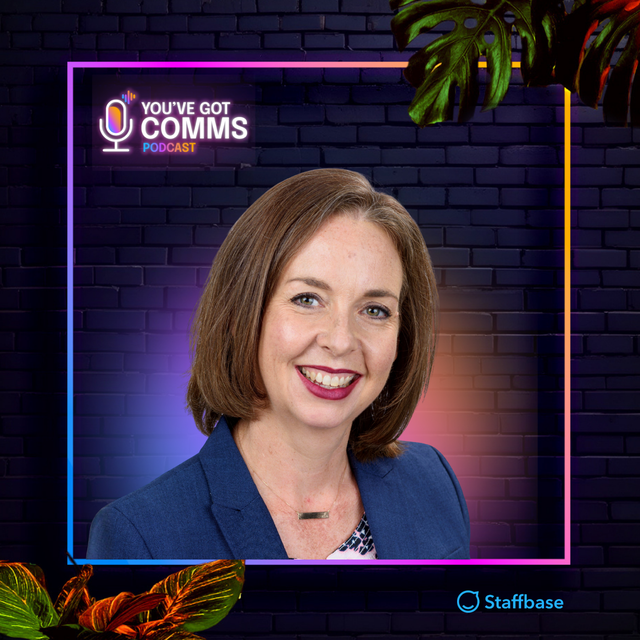
with Jennifer Lentner
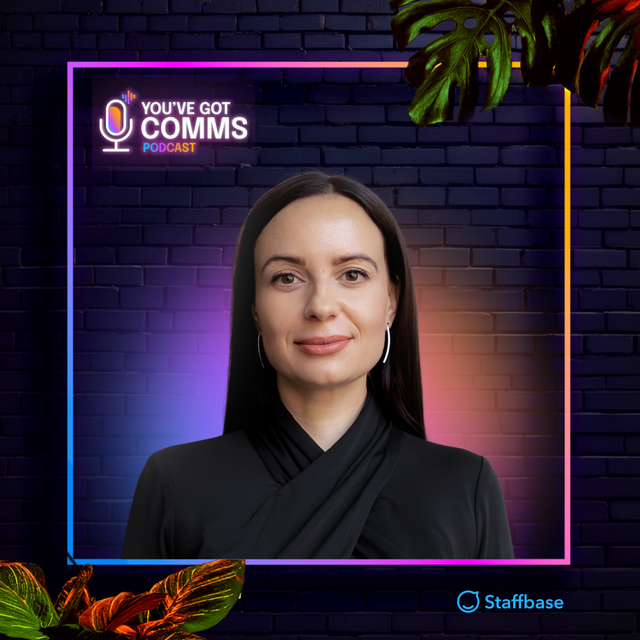
with Kateryna Byelova
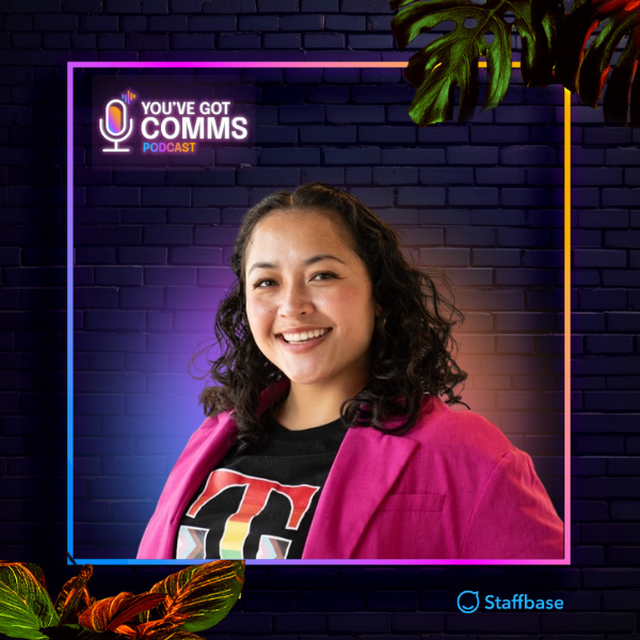
with Blake Aviles
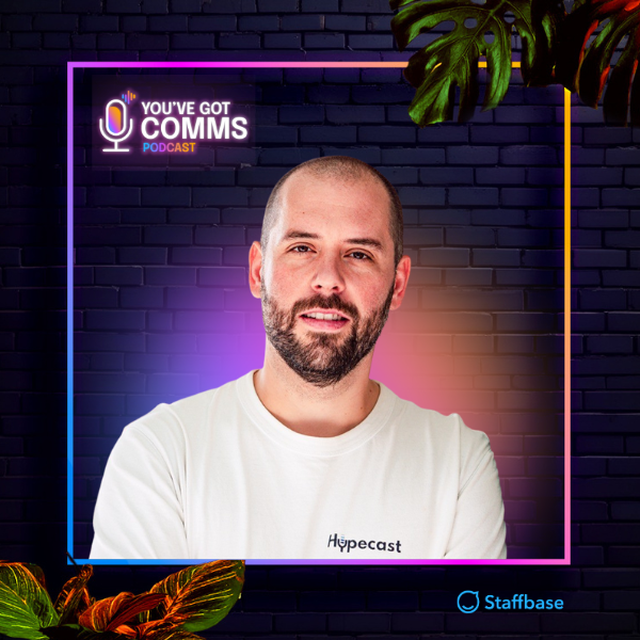
with Maximilian Conrad

with Monique Zytnik
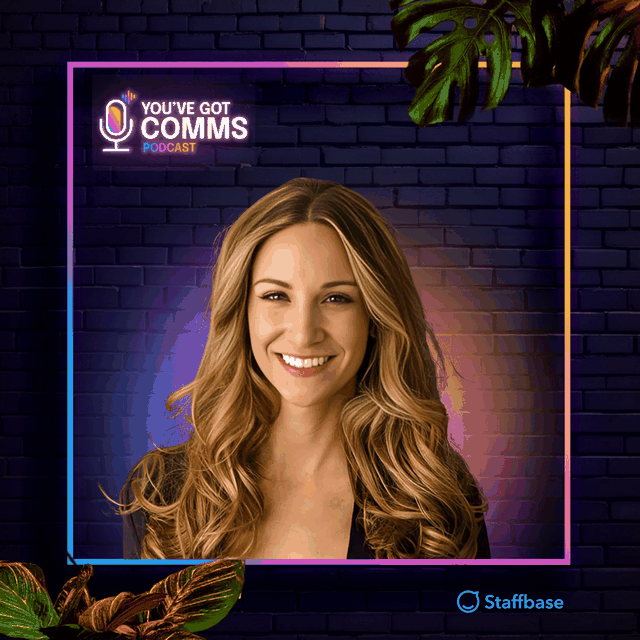
with Andrea Holland

with Regine Nelson
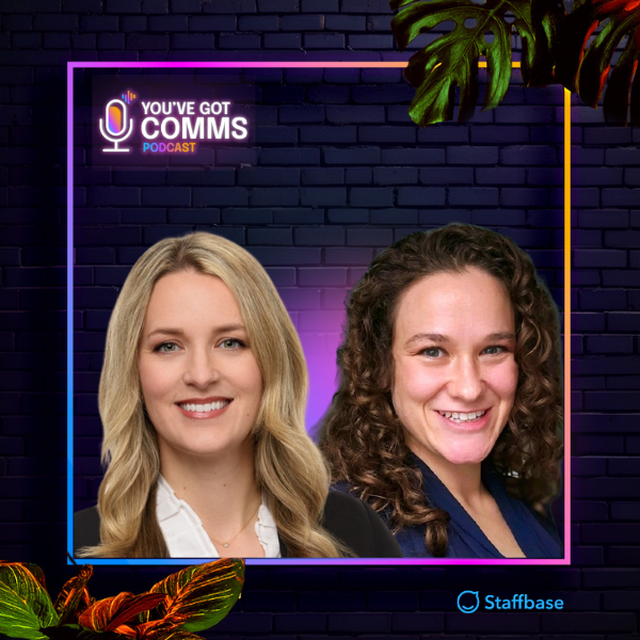
with Amy Dietz & Avalon Taylor
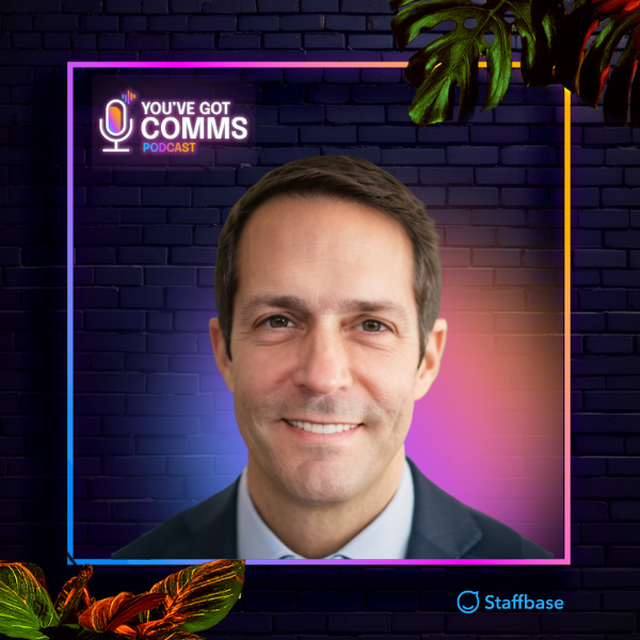
with Nicholas Bruneau